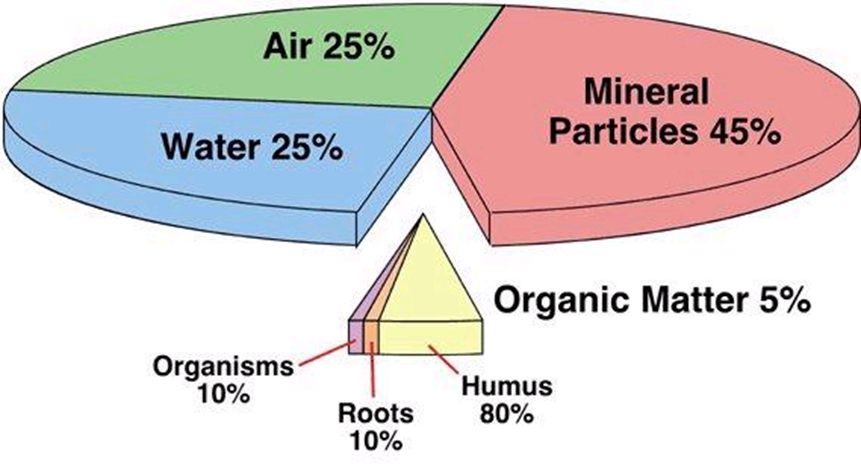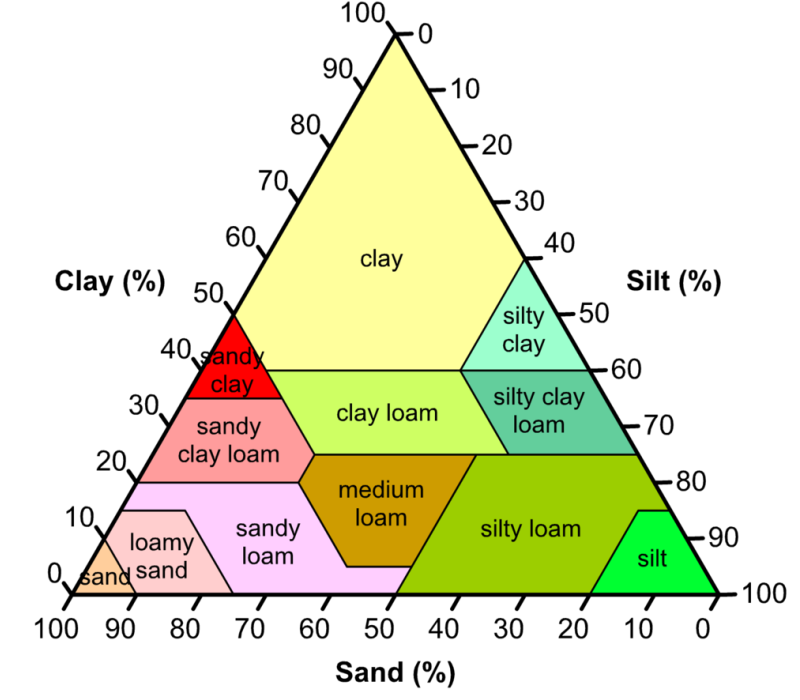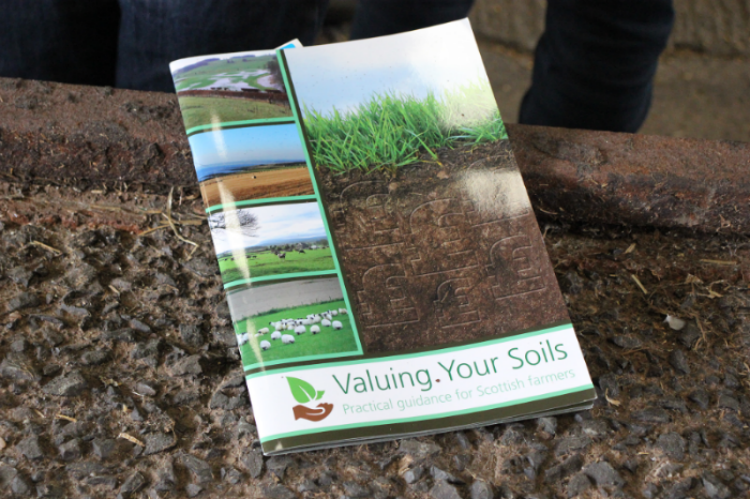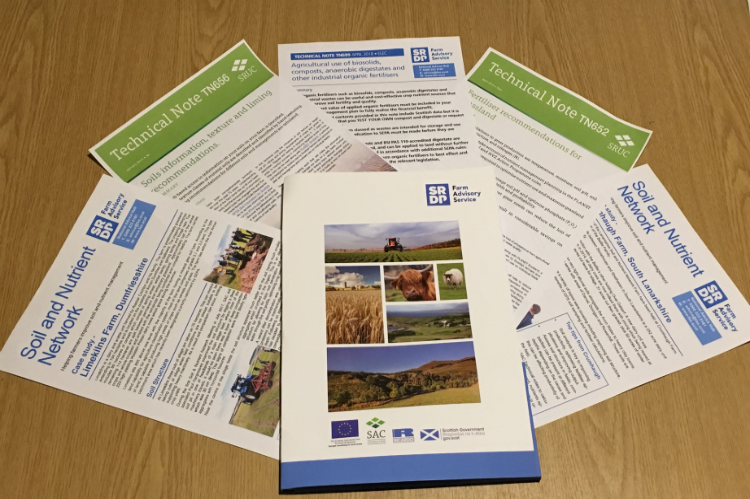Understanding Soils
Soil can be defined as "a medium that includes minerals, organic matter, countless organisms, liquid, and gases that together support life on earth through many services".
However, there are many definitions and numerous measures of soil quality. A soil's biological, physical and chemical characteristics are derived from its parent material and the subsequent processes the soil has undergone. Soil is formed through the erosion of rock over thousands of years. Soil can have different numbers of layers, known as horizons but generally, these are categorised into a topsoil and a subsoil.
Soil is made up of the following materials:
- Mineral particles - made from the weathering of underlying rock or glacial/river deposits, the mineral component of soil can take thousands of years to form. Soil texture is influenced by the parent material and will not change over time, but can differ within a field. An understanding of the variations in soil texture is important as soil management can depend on texture.
- Water – the water within a soil moves in a number of ways and can change due to weather patterns, soil structure, and crop type.
- Air – simply the spaces between soil particles, the soil air can affect plant growth and gas-liquid exchanges. It is heavily influenced by management techniques.
- Soil organic matter is the part of the soil which is derived from living things. Usually high in carbon, soil organic matter supports production services within a soil. It can vary greatly between soil types, additionally, the distribution of organic matter can change due to cultivation technique.
Soils can be very variable in all of the above components and this can be influenced by management with the exception of the mineral particles. The soil structure also plays a crucial role in soil health as it provides accessibility for roots, air and water distribution and a number of other benefits.


Credit: Zephyris, Wikimedia Commons
Sign up to the FAS newsletter
Receive updates on news, events and publications from Scotland’s Farm Advisory Service



